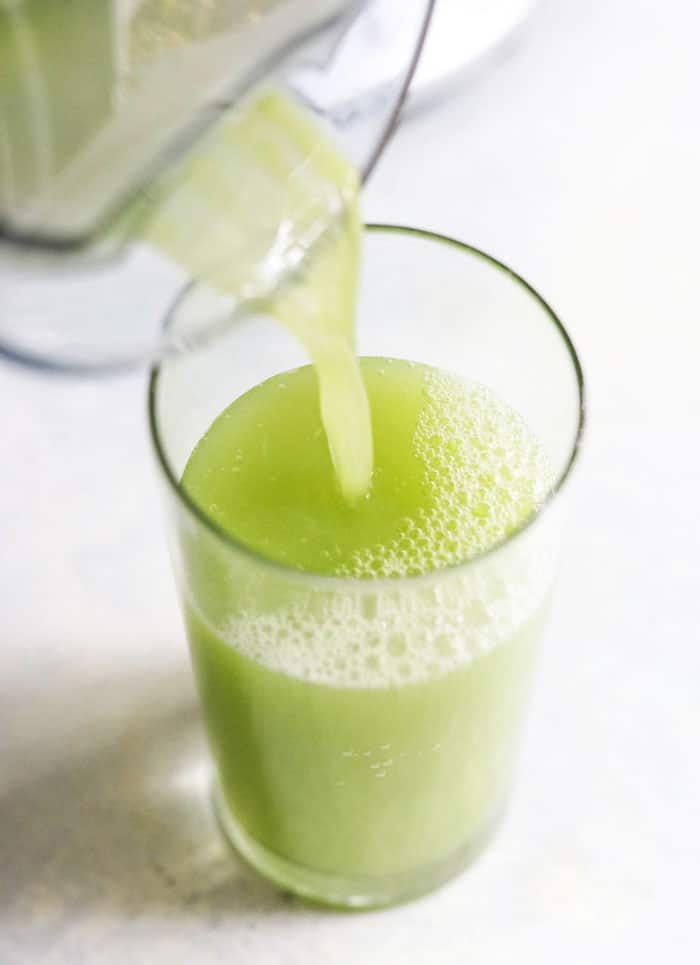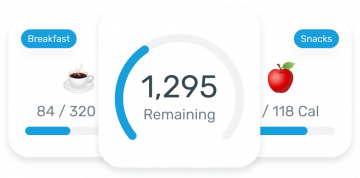
It's possible to consume a diet that contains all kinds of foods, and still get good health. However, some of these foods are not healthy. They contain ingredients you wouldn't even think to include in your diet, such as artificial sweeteners. Luckily, there are many options that are healthy for you and your body. In fact, there are a few foods that are actually good for you, but aren't so good for you.
There are many "healthy" foods that you may have heard about, such as yogurt, granola and kale chips. These items sound great, but they are not all created equal. While some of these products may be great for your diet, others are actually harmful. These food items may be rich in vitamins and useful herbs, but high in sugar and fat.
These products' labels are misleading. Although they look good, these products can be harmful to your health. Many of these foods are loaded with ingredients and additives that you don't know how to pronounce. Others have hydrogenated oils, trans fats and artificial colors. Switching out certain grocery items with healthier alternatives would make you healthier. By replacing these foods with healthier versions, you can lose weight and improve your health.
You may be surprised to find out that many of the healthy foods you see on grocery store shelves have more sugar than they think. Danon Strawberry Fruit on The Bottom yogurt is an example. It has 15 grams sugar per serving. Certain yogurts with candy toppings, or products that are "flip-style", have higher sugar levels than plain yogurt. You can choose unsweetened yogurt, plain yogurt, or yogurt with fresh fruit. People believe that more protein means a food is healthier. It is false. Protein is naturally found in many foods, such as fish, eggs, and legumes. Protein bars can also be a source of protein.
Many health foods, contrary to popular belief are not good for you. Avoid processed meats and deli-style fast foods. Avoid eating deli-style chicken and turkey sandwiches. These foods can be dangerous for your health. Deli-style turkeys are full of sodium and artificial flavours. Low-fat dairy products are also loaded with fillers that may not be beneficial for your health.

Frosted yogurt isn't a good idea for your overall health. However, frozen yogurt can be enjoyed from time to time. Be sure to read the labels, and stick to smaller portions. Yogurt-covered pretzels are another healthy snack option. These snacks are often sold in health food shops and promoted as healthier options. These snacks have similar sugar and fat contents to chocolate covered pretzels.
Processed foods are less healthy than organic and natural foods. You can purchase organic food and avoid pesticides. These products often contain the same ingredients and sugar as regular foods. And while they're healthier, they're not completely free of calories and fat. Food labels might state they are good for health, but you should still read labels to ensure that they are safe.
Energy bars have more sugar, calories, and carbs than candy bars. Choose a bar that's only 100 to 200 calories. Bars that are lower in sugar and have more fiber will be healthier. They also contain four grams of protein. It's possible to get all these benefits from energy bars. The only issue is that they're not the best for you. There are many options for healthy energy bars, both online and in local health food shops.

There are some healthy foods, but others are not aware of this. Whether a yogurt is flavored or plain, it contains a high amount of fat and sugar. Yogurt is an excellent choice. It also contains probiotics, which help with digestion. It can also contain high levels of protein, making them a great food option for your body. It is also a healthier choice than a chicken Parm Sandwich.
FAQ
How can I get hired to be a chef?
You must complete a degree in culinary arts to be able to apply for a job at the table as a professional chef. The next step is to join a professional association like the American Culinary Federation. This association offers certification exams as well as networking opportunities.
What is the minimum requirement to become a chef?
No. No. Some even went to culinary schools to gain practical experience. Most chefs prefer to go to culinary school to expand their professional opportunities. Culinary schools give students hands-on experience, which allows them to develop valuable skills as well as improve their culinary knowledge.
How do you become a chef?
There are many options for becoming a chef. Begin by enrolling at a community college. You can then look into going to culinary school. Finally, consider a paid internship.
How Can I Get Hired As a Cook?
It is possible to get a job in the kitchen by word of mouth. A friend or family member might know of an open restaurant that is in desperate need of staff. There are often openings posted on websites and bulletin boards.
What should a beginner chef learn?
An easy dish to start with is pasta, rice, or soup. You can learn how to cook by looking at a cookbook or watching a YouTube video. It's much more fun to cook with someone you know. Cooking together is fun with family members or friends.
Do I require any special equipment?
You don't require any special equipment to learn how to cook. The right tools can make cooking much easier. A knife can be used instead of a fork when making pasta, or a whisk could be used to whip up stiff egg whites. You can make cooking more enjoyable and easier by having the right tools.
Statistics
- On average, chefs earn $58,740 a year, according to the BLS. - learnhowtobecome.org
- under 10 Kids have been taught that there is special food just for them, and Fiese says that 10 percent of kids will throw a tantrum if they don't get the food they want. (washingtonpost.com)
- You'll be amazed that over 90% of CIA students receive scholarships and grants to finish their culinary studies. (ischoolconnect.com)
External Links
How To
How to make an omelet that is perfect
Omelets are one of my favorite foods to eat at breakfast. How do you make them perfect? There are many recipes and methods I tried, but none worked. So I wanted to share some tips and tricks so that you can make delicious, fluffy omelets every morn.
Before we start making omelets, let's remember that eggs are temperamental. The eggs must be fresh from an organic source and kept at room temperature until they are ready to be cooked. The yolks and whites will not form properly if they aren't kept cold enough. Your omelets will look strangely colored if this happens. If you intend to cook your eggs immediately, it's best to use room-temperature egg.
Another tip is to separate your egg before adding it into the pan. You don't want the white to get mixed with the yolk, as this could cause the egg to curdle.
You could end up burning the bottom half of the egg if the egg is added directly to the heat source. Instead, place the egg in the microwave for 10 second before you put it in the skillet. The heat from the microwave cooks the egg just enough without overcooking it.
Let's now talk about mixing eggs. When mixing eggs, it is important to thoroughly beat them. You can do this by turning the bowl of your mixer upside down. Next, shake the bowl vigorously. The egg will be thoroughly mixed in the bowl as the air is whipped.
Now it's time to have fun: pour the milk into the mixture. First, pour half of the milk into the beaten eggs and then fold the eggs gently into the remaining milk. Do not worry if you see streaks of egg; they will disappear when the omelet is flipped.
After folding the eggs fold the pan onto medium heat. When the oil starts to hot, wait for the pan to cook. Once the oil starts getting hot, add 1/4 cup of butter to the pan and swirl it around to coat the entire surface of the pan. Now carefully crack open the lid of the pan and sprinkle salt into the pan. A pinch of salt will prevent your omelet from sticking in the pan.
Once the omelet has formed, cover the pan again and wait for the top side to set completely. Use a spatula to flip the omelet or turn the pan upside-down. Cook the other side for about a minute. Remove the omelet from the pan and serve immediately.
This recipe works best using whole milk. Skimmed milk is also possible.